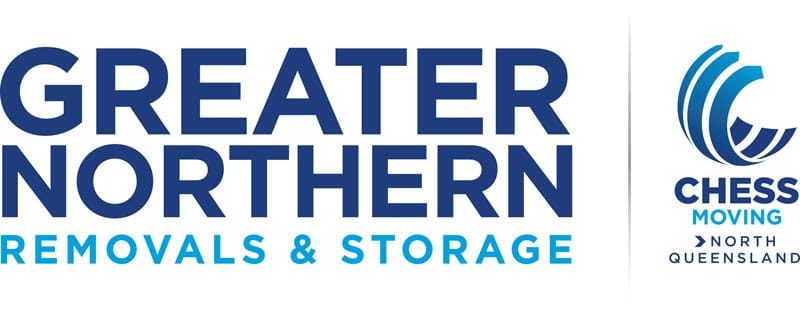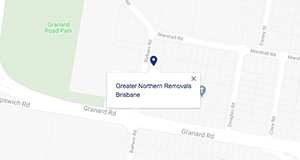The Power of AI
If you are in the process of moving home or are starting to plan your next big move, chances are, you are going to approach it in a slightly different way than how you did five years ago. Artificial Intelligence, or AI for short, is spreading its wings and transforming the way the world, people and businesses operate. And that includes the Australian removalist, which is no different.
See, five years ago, a search on Google or a Facebook recommendation may have been your ‘go-to’ information source, but today, you have a plethora of options. ChatGPT, Google Gemini, Grok or, for balance, TikTok, alongside many others, have all become trusted sources of intel.
Add to this the Australian launch of Tesla’s ‘Full Self-Driving’ (FSD) car in 2025, and suddenly, automation doesn’t feel so ‘sci-fi’ anymore.
For better or for worse, technology is reshaping how people and businesses operate, and this blog aims to look at the most common advances alongside the benefits and potential pitfalls you should be aware of.
AI Pricing & Digital Quotes: Transparent or Tricky?
While the notion of using formulas based on industry averages to generate quick estimates is nothing new, the introduction of AI-powered video surveys is. This enables the homeowner to create an inventory of their belongings with an introductory video tour recorded on their phone. The system then creates quotes based on the inventory and logistics.
For movers and removalists alike, this provides some initial efficiencies, speeding up estimates and reducing operational costs. However, there is currently some ambiguity about how the algorithm calculates costs, which could upset both the mover and the removalist. But a bigger issue is around accuracy. Potential errors in input data and missing nuanced needs, such as antiques or fragile items, can produce misleadingly low quotes.
For now, our advice is always to check how your quote was generated and confirm if a human has reviewed it. As with all quotes, be sure to check the inclusions and exclusions to avoid being stung for more than you had in mind.
Chatting to Chatbots
Most of us have had a fairly one-sided conversation with an online chat tool at some point. While some are real humans, others use chatbots to handle basic queries or to funnel enquiries to the right department. Recently, AI call operators have begun gaining traction. Meaning the world of customer service as we knew it is now firmly on its head.
The benefit here is that no matter the time or day, if you need to find the answer to a basic, common enquiry, you are likely to get that answer fairly quickly. The challenges come when the enquiry type becomes more sophisticated or urgent. This is where nuance and human reassurance are often required, and that’s something chatbots don’t handle particularly well.
Customers are not yet comfortable with an AI customer service agent or chatbot handling complaints or issues, so, for now, at least, we’ll make sure your concern is dealt with by a human.
Tracking and Privacy: Streamline or Stalking?
While customers don’t want to complain to a robot, we are very happy to let them navigate. GPS systems have been helping us find the fastest or shortest way from A to B for decades now. AI has added extra value by predicting congestion on routes and also monitoring driver behaviour.
Tracking specific items during a move can quickly become complicated. It’s crucial to maintain transparency; otherwise, tracking possessions without consent can violate privacy rights. For instance, if a removalist uses tracking data solely to ensure the timely delivery of your items, that’s reasonable. However, as of June 2025 in Australia, using that same data to monitor your personal movements crosses a line into serious privacy invasion. Always be aware of how your data is being used!
Automation on the Ground: Send in the Robots
Smart sensors, AI mapping, home robots like NEO, and automated lifting systems could simplify packing and transport. Drones already aid in warehouse logistics, so self-driving trucks or robotic trolleys are not far off. However, removals involve much more than raw strength; they require planning, improvising, and problem-solving, which is still where humans excel.
Queenslander homes, with their narrow stairs, steep verandas, and uneven floors, are a removalist’s fitness test. Even for seasoned professionals, navigating these architectural quirks requires judgment, teamwork, and creative angles. For robots? That’s a nightmare of variables. Slippery steps, awkward door frames, and unpredictable layouts will challenge even the most advanced automation.
Before we let robots take the reins, think about this: would you really trust a metal arm with your grandmother’s china or your custom surfboard? Sure, it won’t get tired, but can it care? Until robots grasp the crucial difference between “handle with care” and “don’t you dare,” the human touch will always win out.
The Human Factor
AI is here to stay, and it will only advance our lives, our jobs and removal services, but as we stand today, human judgment, skill and experience are still very much required by removal companies and for customers themselves.
That being said, removalists who embrace and combine innovation with human accountability will be the ones to succeed in providing efficient, world-class experiences for their customers. But for now… We’ll put our robots back in their box.







